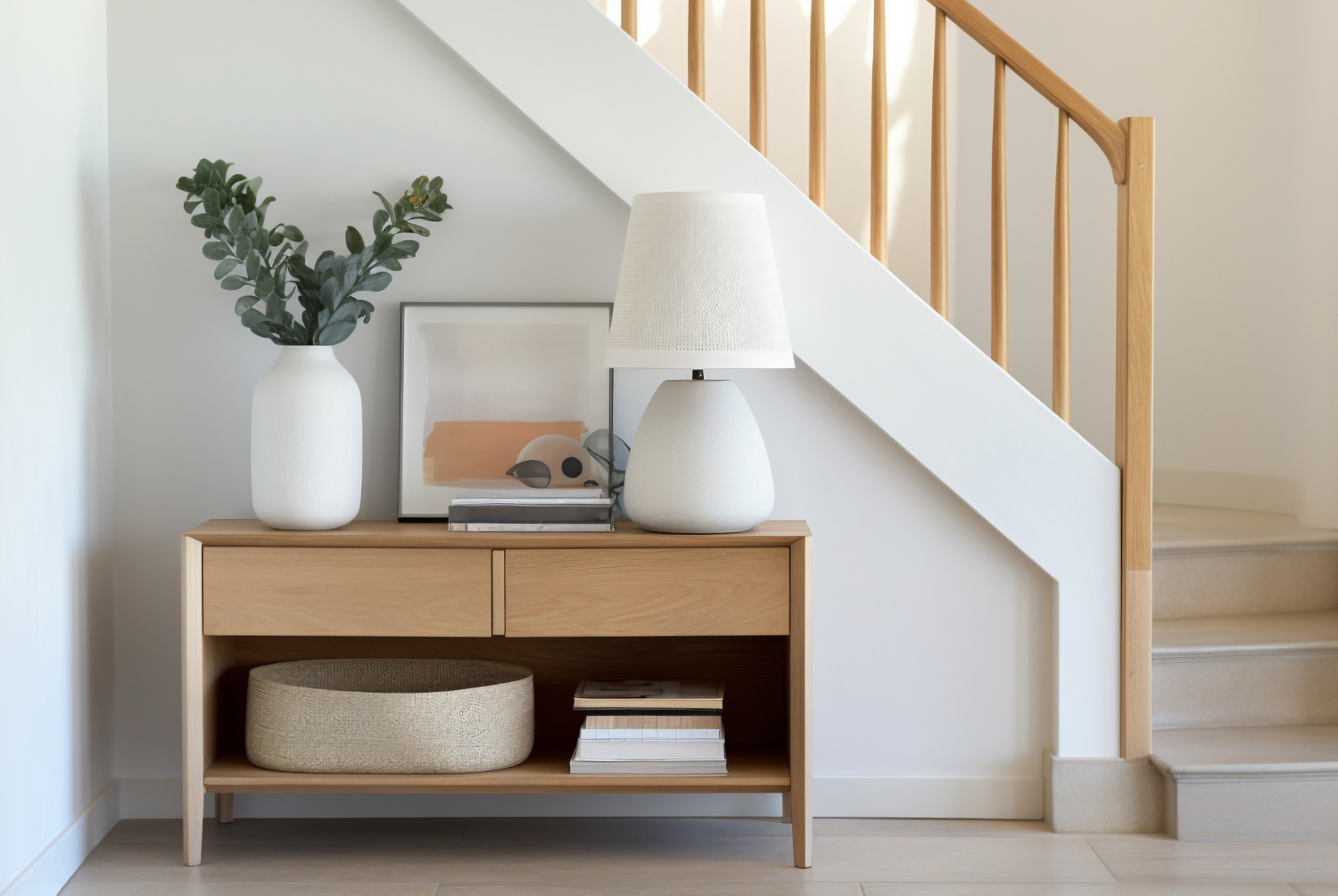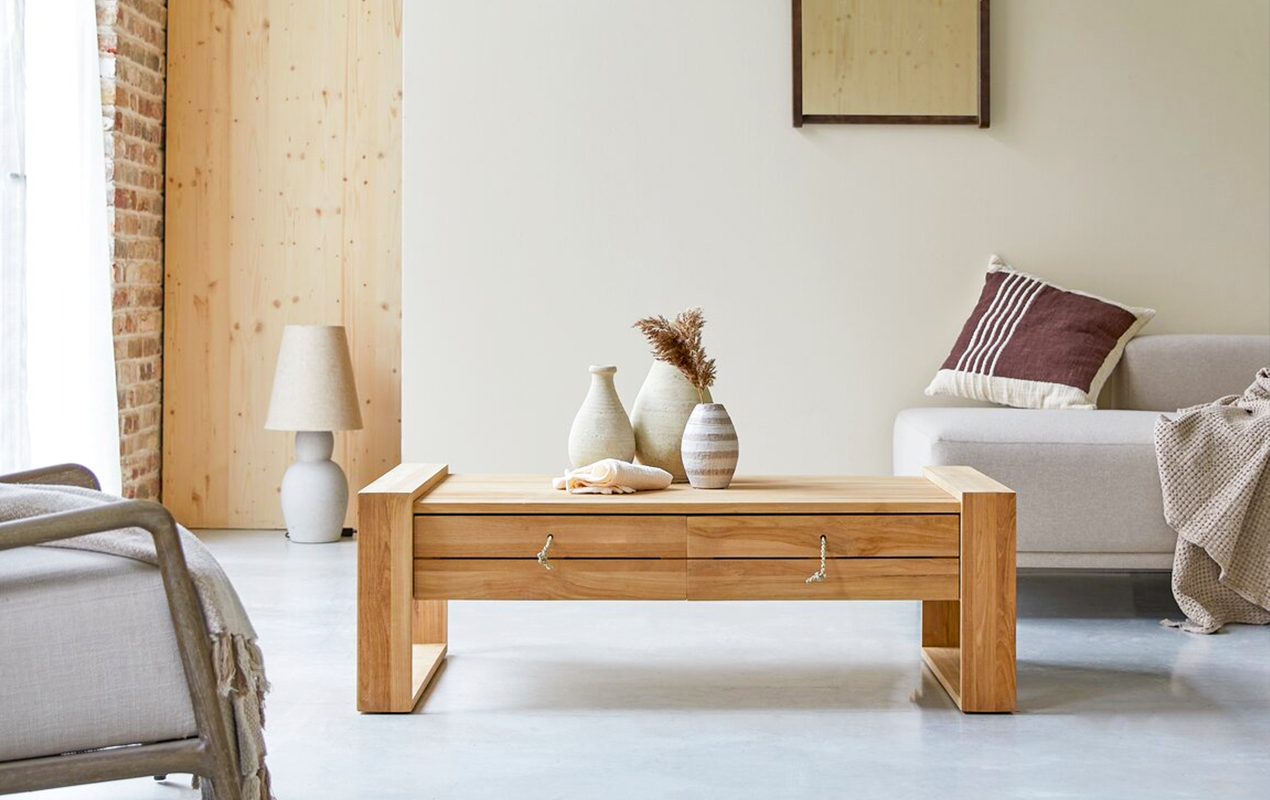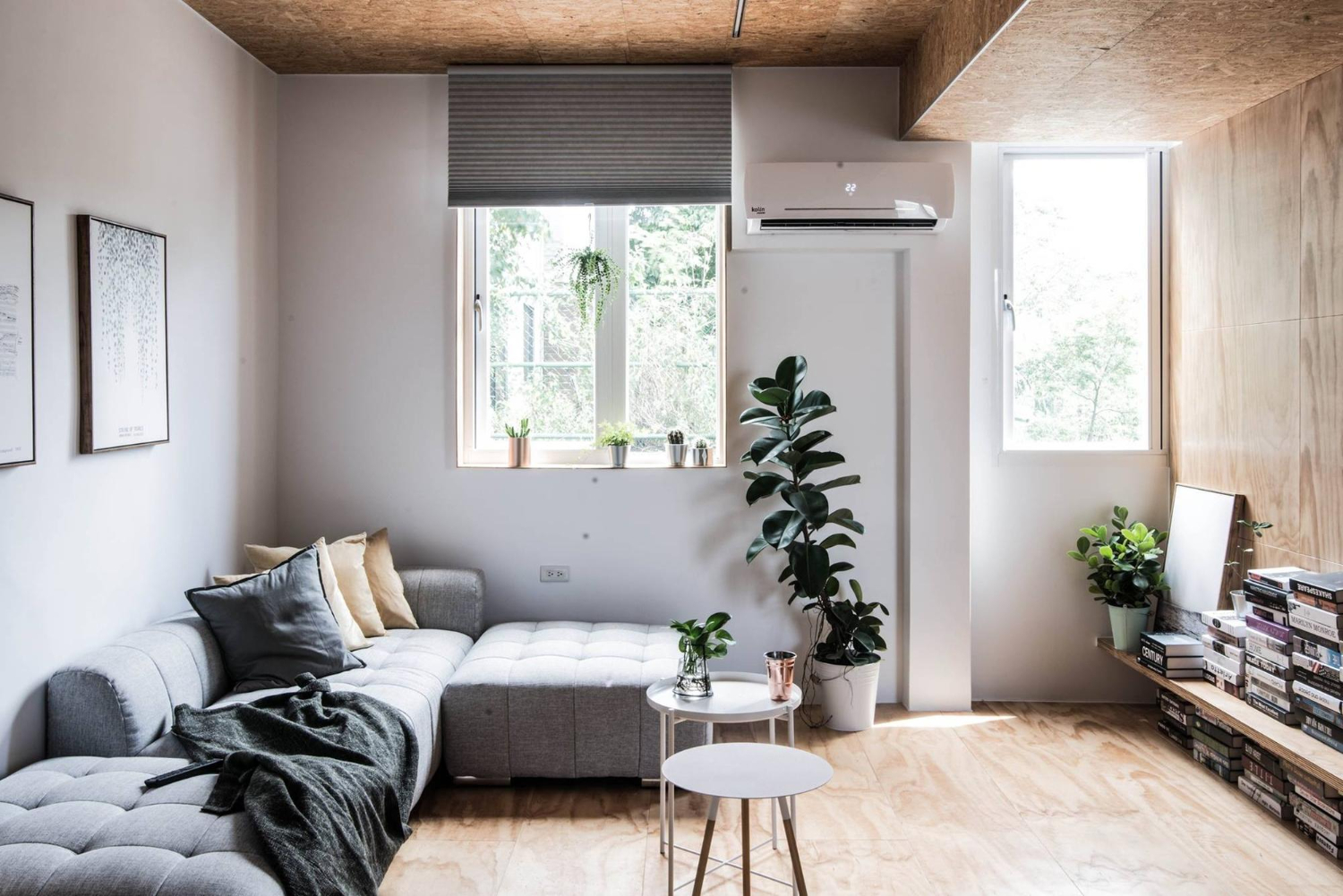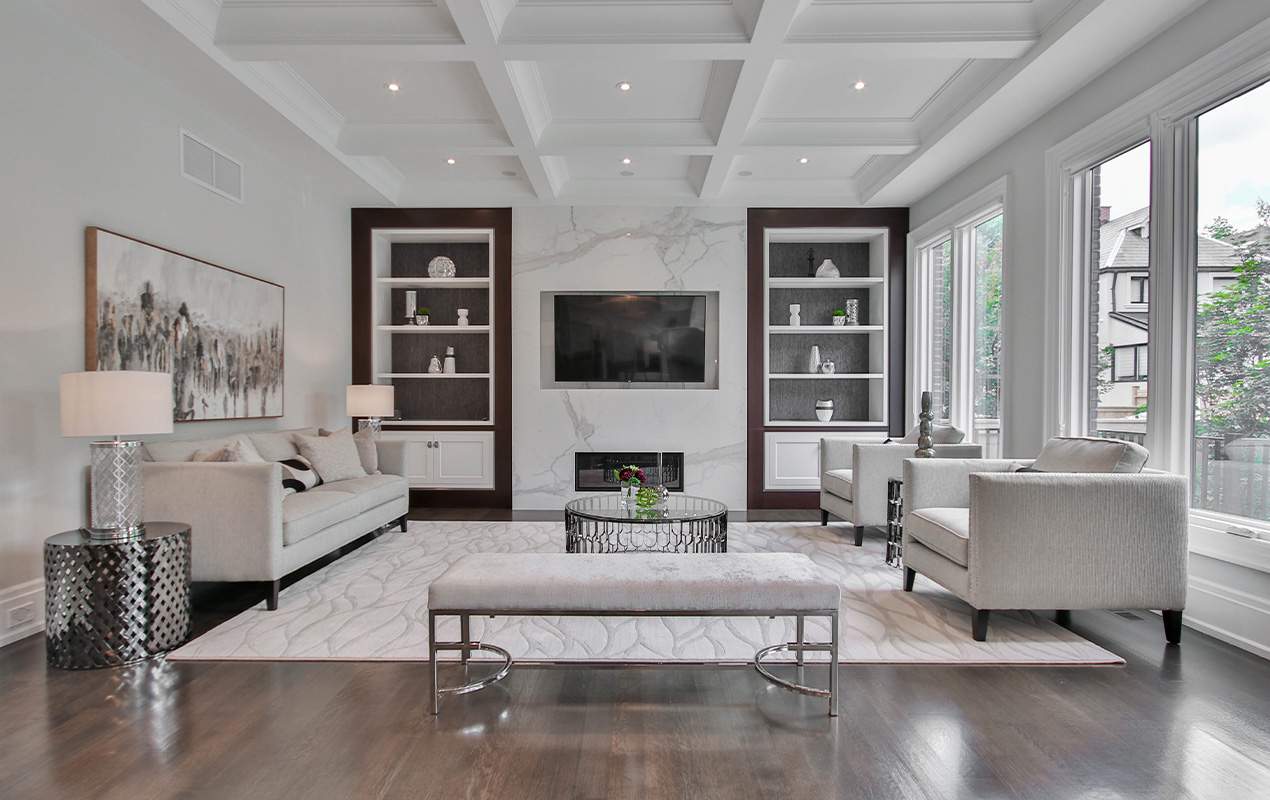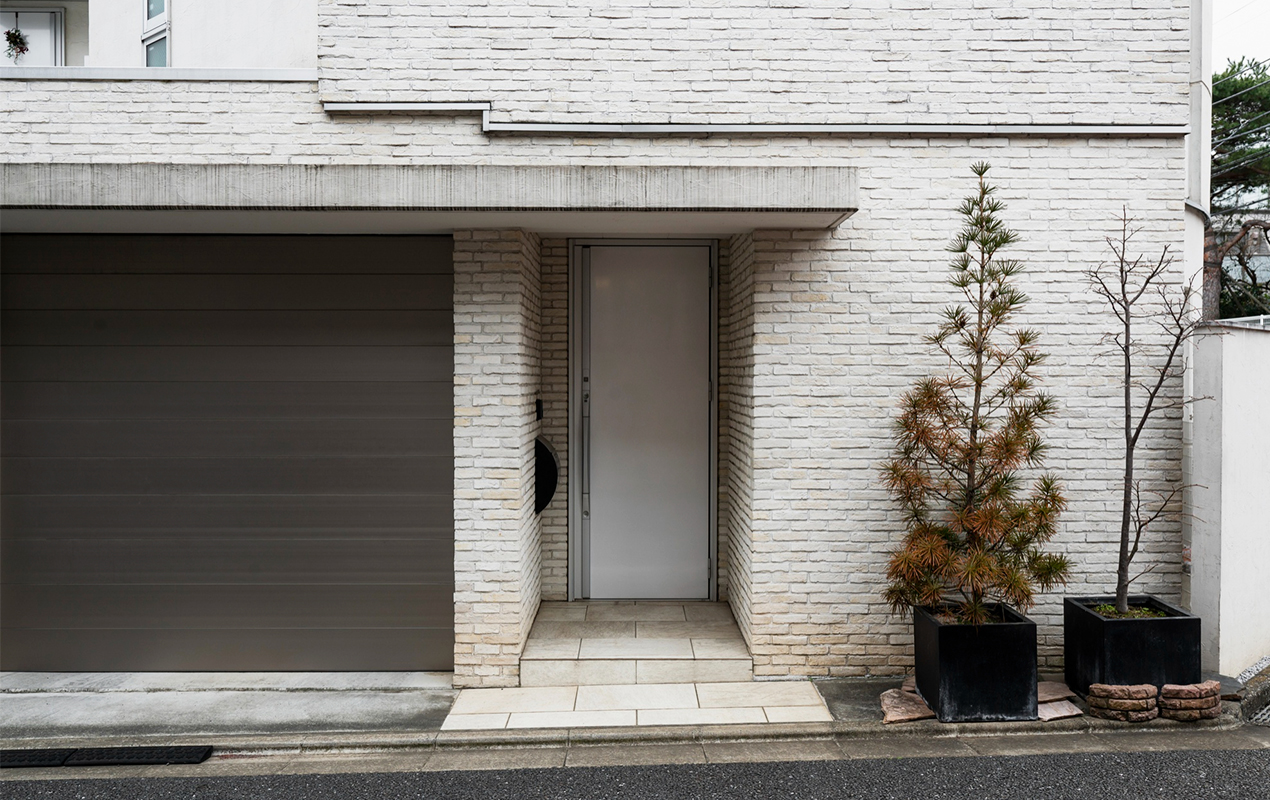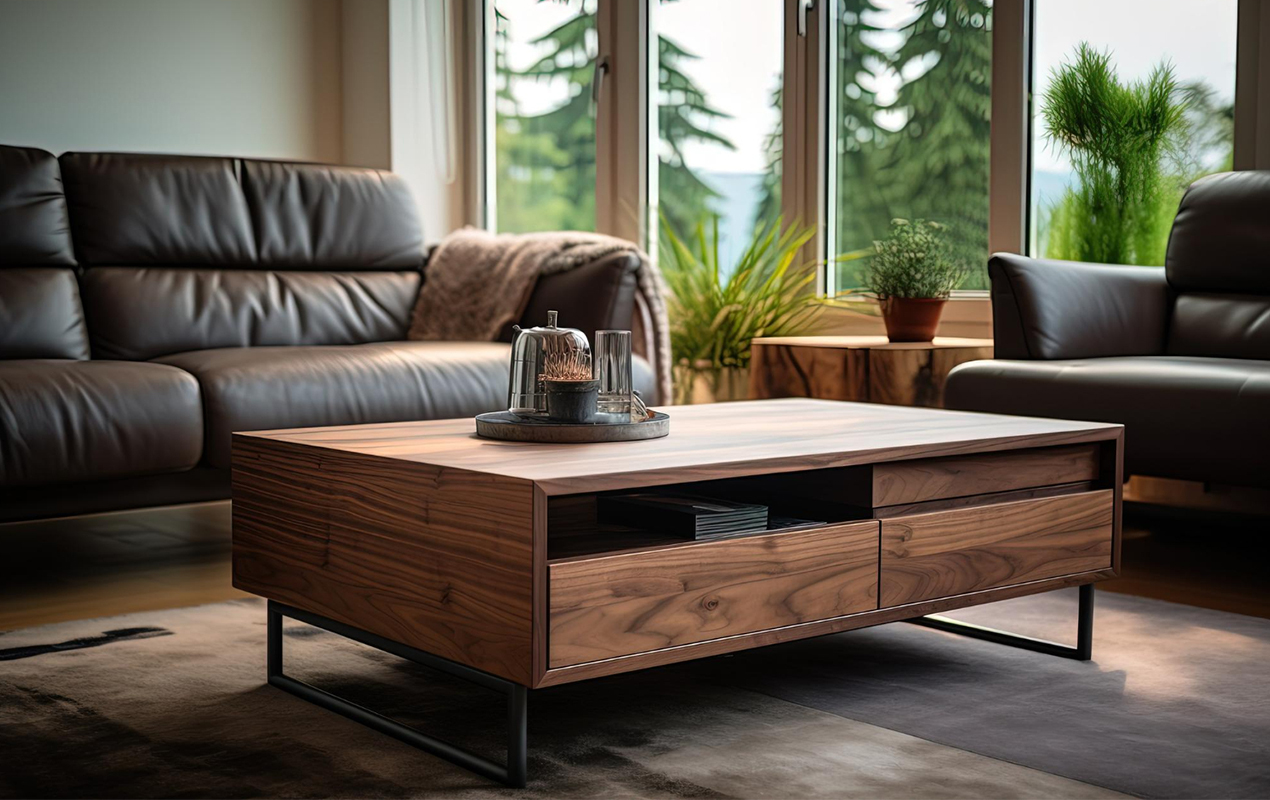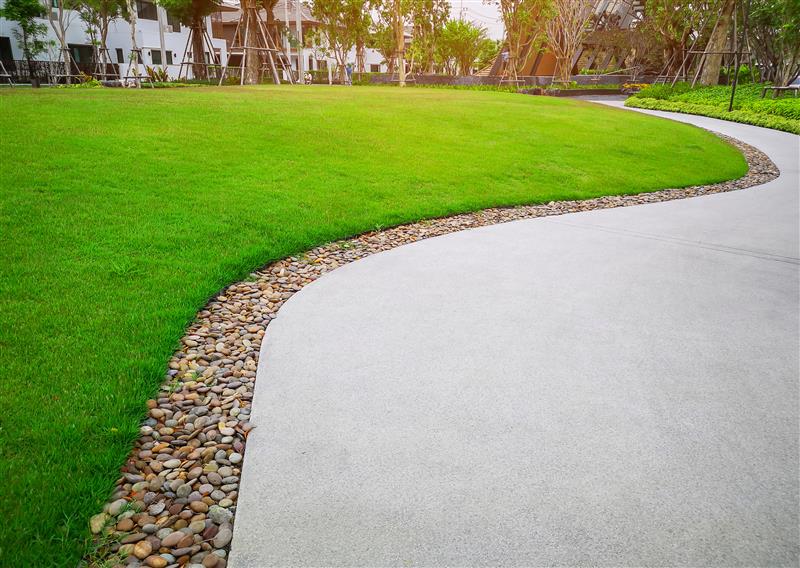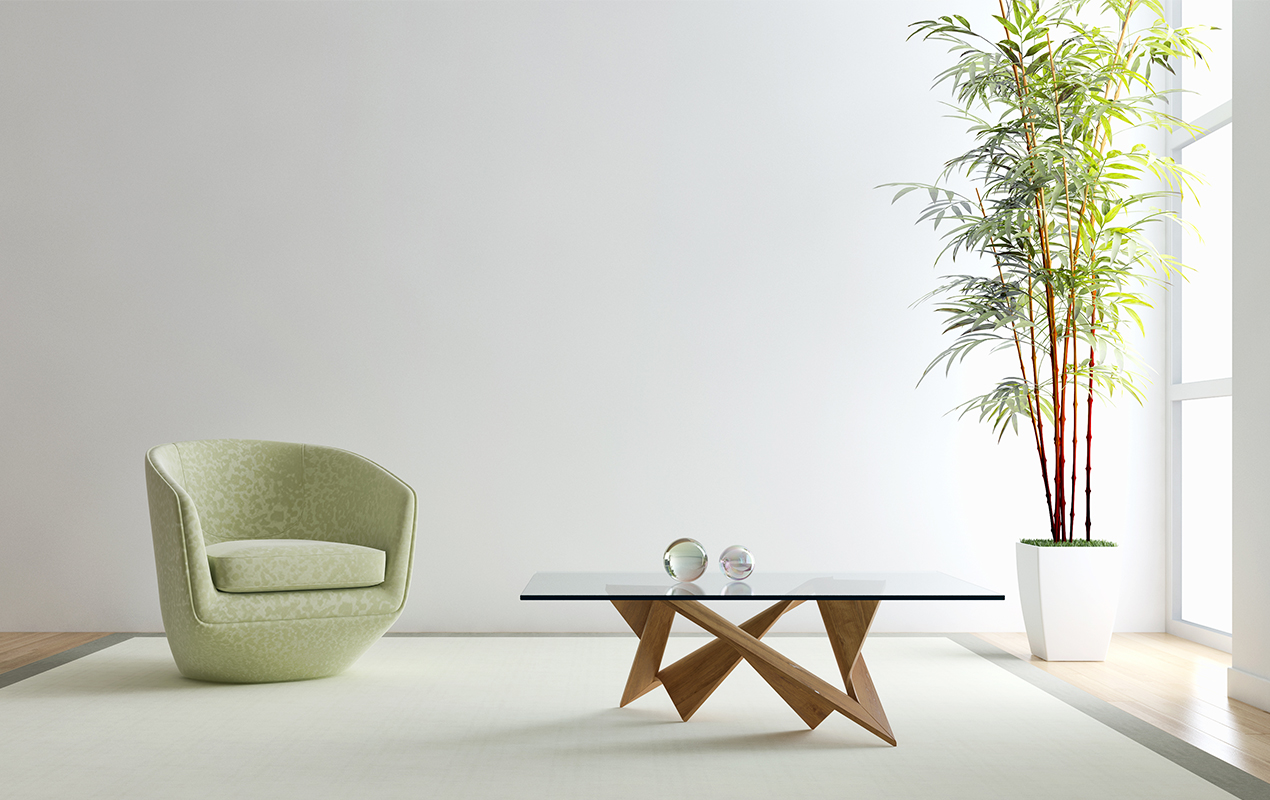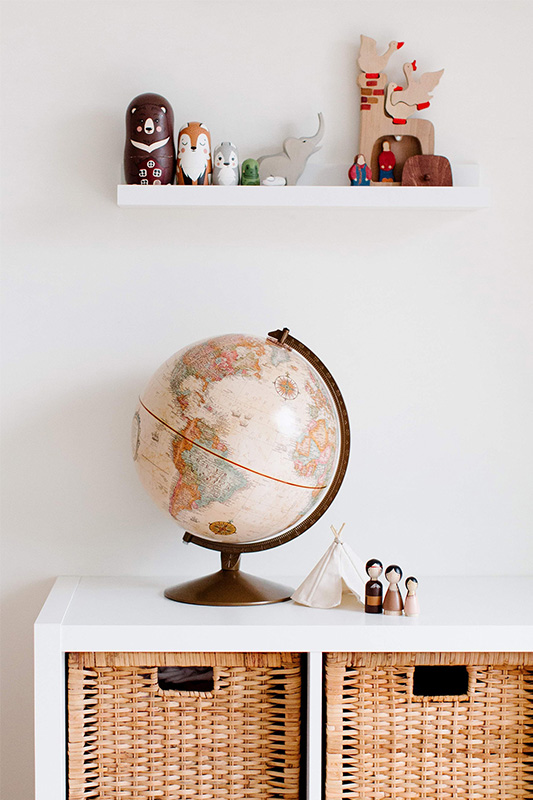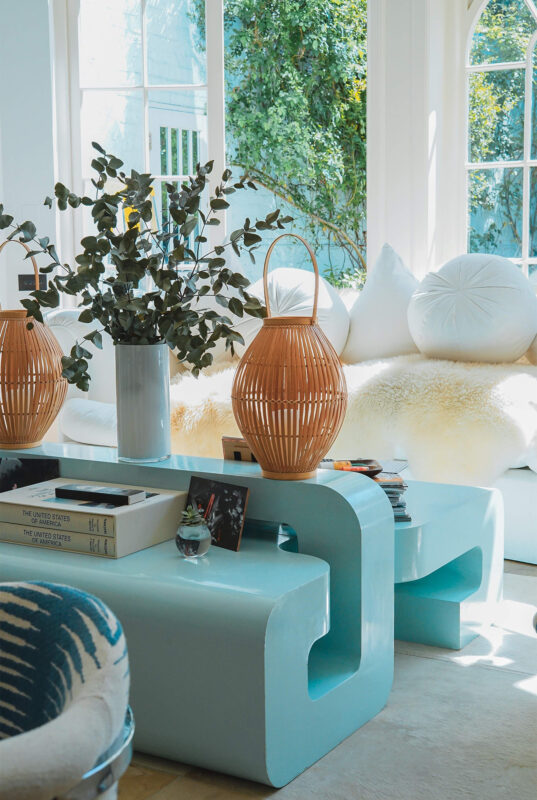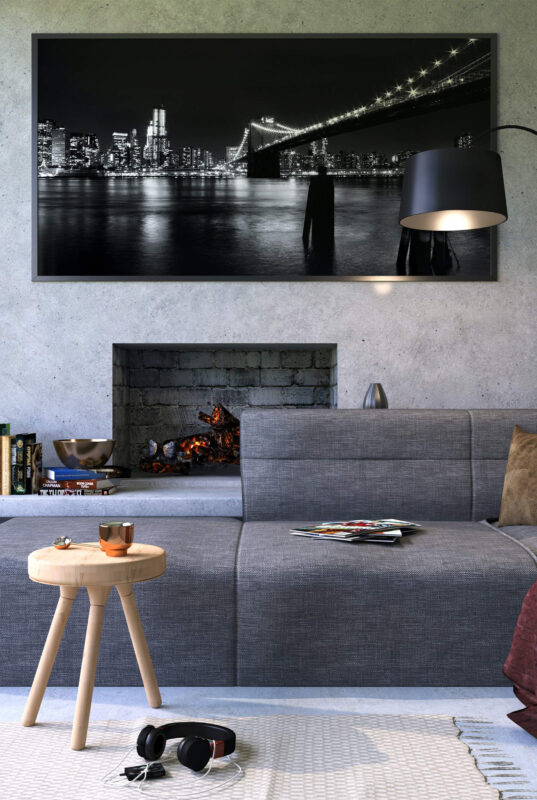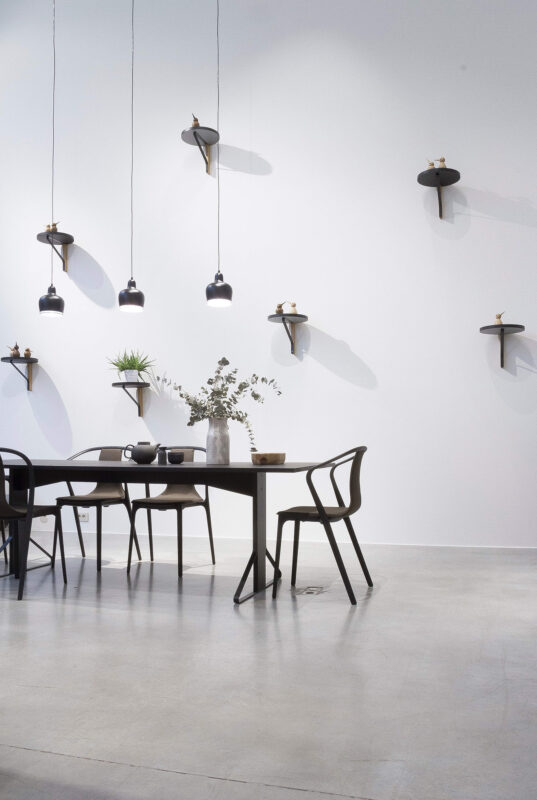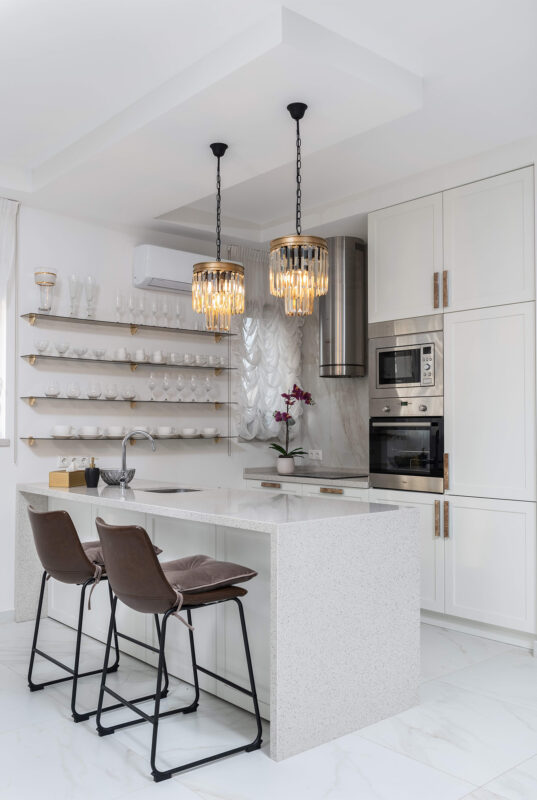Approaches to Creating Inviting Outdoor Living Areas
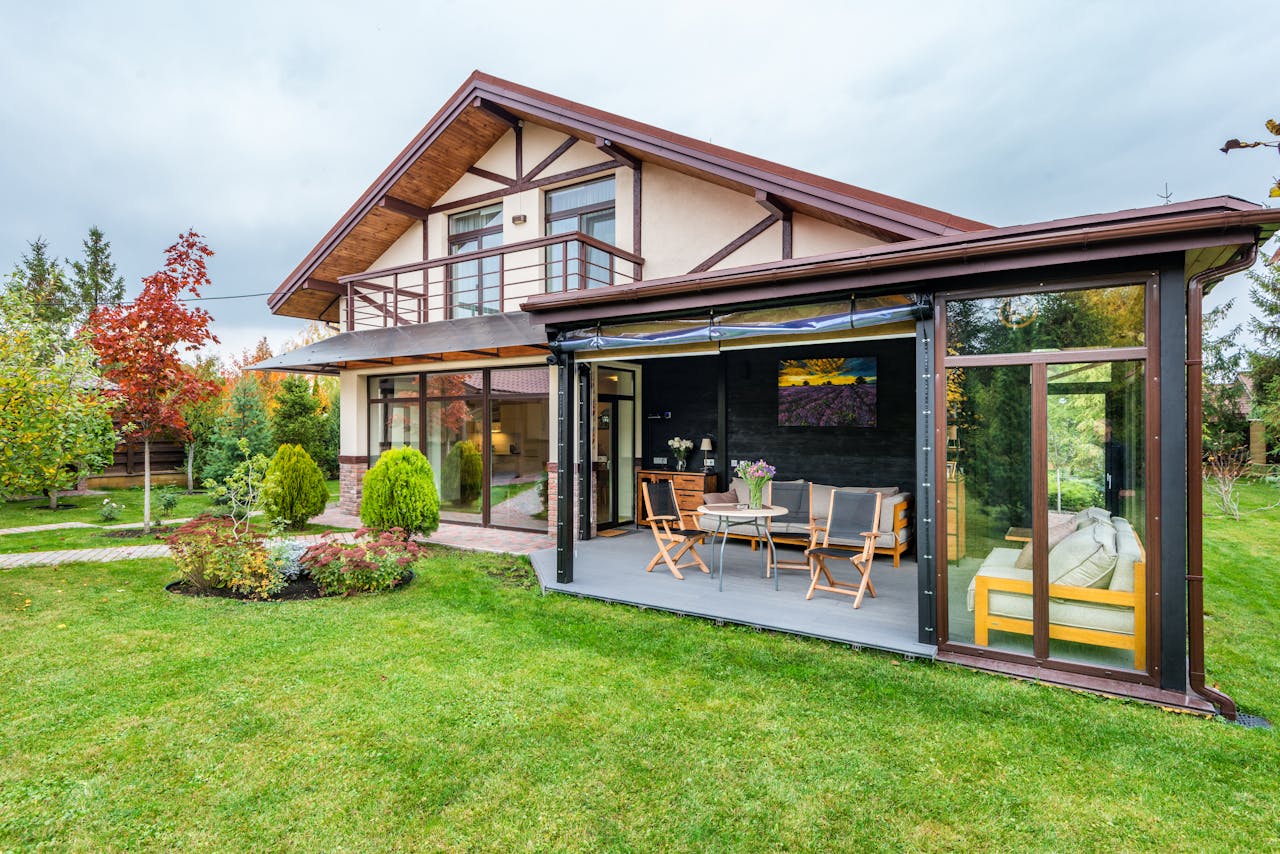
Outdoor living areas have transformed from simple backyard spaces into exquisite extensions of our homes. As homeowners increasingly seek to maximize their outdoor spaces, creating inviting areas has become an art form. A well-designed outdoor living area serves as a beautiful aesthetic and as a functional space for relaxation and gathering. This article explores various approaches to designing these spaces, focusing on elements that enhance comfort, style, and usability.
Understanding the Basics of Outdoor Living Spaces
Before diving into design specifics, it’s crucial to understand what an outdoor living space entails. Generally, these areas can include decks, patios, gardens, or even balconies that facilitate outdoor enjoyment. They are often furnished with comfortable seating, dining options, and entertainment features like fire pits or outdoor kitchens.
If you take a look at providers such as Today’s Patio, you’ll see how stylish outdoor manufacturers can provide curated pieces that align with your vision. According to the American Society of Landscape Architects, residential outdoor living spaces have surged in popularity, with nearly 40% of homeowners prioritizing this area as part of their property projects. Understanding the potential of your available space is the first step in creating an inviting atmosphere.
Incorporating Comfortable Seating
Seating plays a pivotal role in the comfort of outdoor living areas. Plush, weather-resistant sofas and chairs are ideal for creating a relaxing environment where friends and family can gather. Selecting the right materials is fundamental since fabrics that withstand weather changes while providing comfort and style are crucial.
Think about adding cushions in vibrant colors or patterns that align with your home’s aesthetic. Customizable modular seating can adapt to gatherings of varying sizes, making it a versatile choice. Notably, integrating options such as hammocks or loungers can entice residents to unwind and appreciate their surroundings.
Creating Defined Spaces
Defining different zones within your outdoor area enhances functionality. Establish areas for cooking, dining, and lounging to maximize usability. Consider using outdoor rugs to delineate dining areas from lounging spaces, providing visual separation while enhancing comfort.
Incorporating features like trellises or pergolas can create a sense of enclosure, thus fostering an intimate atmosphere. These structures provide shade and allow for the addition of climbing plants, adding greenery and life to the setting. Well-defined spaces encourage organized flow and enhance the experience.
Implementing Kitchen and Dining Features
Integrating a cooking and dining area can significantly elevate an outdoor living space. Outdoor kitchens are becoming a favored addition, equipped with grills, sinks, and countertops designed for food preparation. Dining areas, whether featuring a quaint bistro table or an expansive dining set, create a perfect backdrop for al fresco meals and gatherings.
According to a recent survey, a significant percentage of homeowners express a desire for outdoor kitchens, optimizing their entertaining options. Specifically, designing these areas with enough shelter can enhance functionality, making hosting events easier regardless of the weather.
Utilizing Natural Elements
The integration of natural elements can foster a calming environment conducive to relaxation. Incorporate native plants, trees, and flowers to create a lively focal point that attracts wildlife and enhances biodiversity. Understanding which plants thrive in your local climate ensures sustainability and minimizes maintenance efforts.
Elements like water features, including ponds or fountains, add an auditory component that promotes tranquility. Pathways leading through gardens can invite exploration, making the outdoor space more engaging and enjoyable. Employing these natural elements contributes to a more eco-friendly lifestyle.
Lighting Enhancements
Outdoor lighting is vital for extending usability beyond daylight hours and enhancing safety. Ambient lighting options like lanterns, string lights, and solar-powered fixtures create a cozy atmosphere, ideal for evening entertainment. Thoughtfully placed lights can highlight specific features such as seating areas or trees, enhancing visual appeal while ensuring visibility.
Strategically incorporating dimmable lights can create varying moods, offering flexibility for different events, a casual get-together, or a sophisticated dinner party. Consider exploring options that are energy-efficient and offer a sustainable choice while beautifying your space.
Personalizing Your Space
Personal touches bring life and character to your outdoor living area. Incorporating decor items like art pieces, sculptures, or unique planters allows homeowners to showcase their tastes and preferences. Investing in stylish outdoor manufacturers can provide curated pieces that align with your vision.
The addition of unique textiles, such as patterned tablecloths or colorful throw pillows, can transform the space while offering comfort. Enhanced personalization translates to an inviting area that resonates with those who gather there.
Final Thoughts
Designing inviting outdoor living spaces requires careful consideration of layout, materials, and personal style. By creating clearly defined areas, incorporating comfortable seating, and utilizing natural elements along with adequate lighting, homeowners can craft a tranquil retreat that invites relaxation and socialization.
This effort culminates in an outdoor area that is functional and a beautiful extension of home life. As you envision your perfect outdoor escape, think about how best to utilize the available space while making it uniquely yours.

